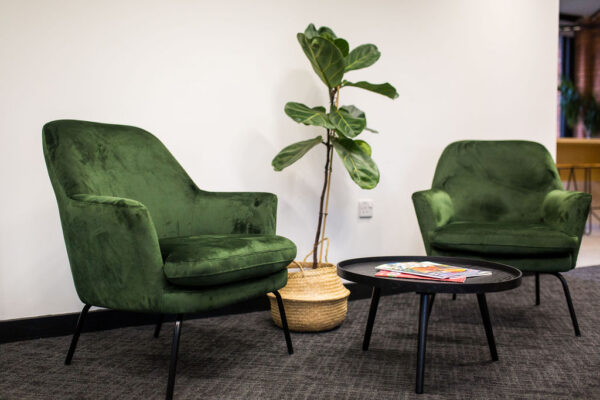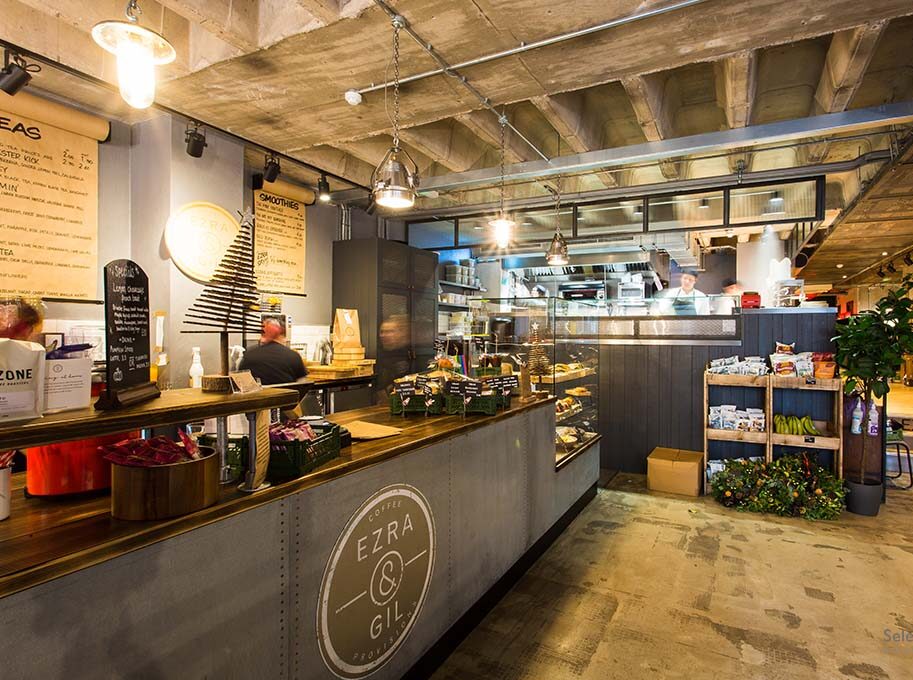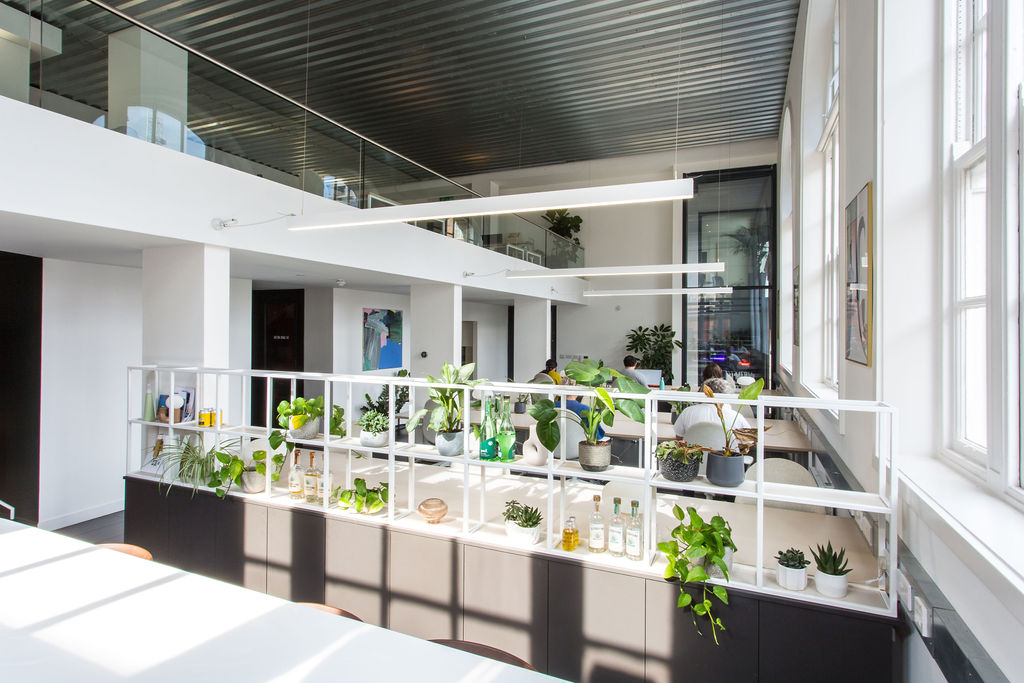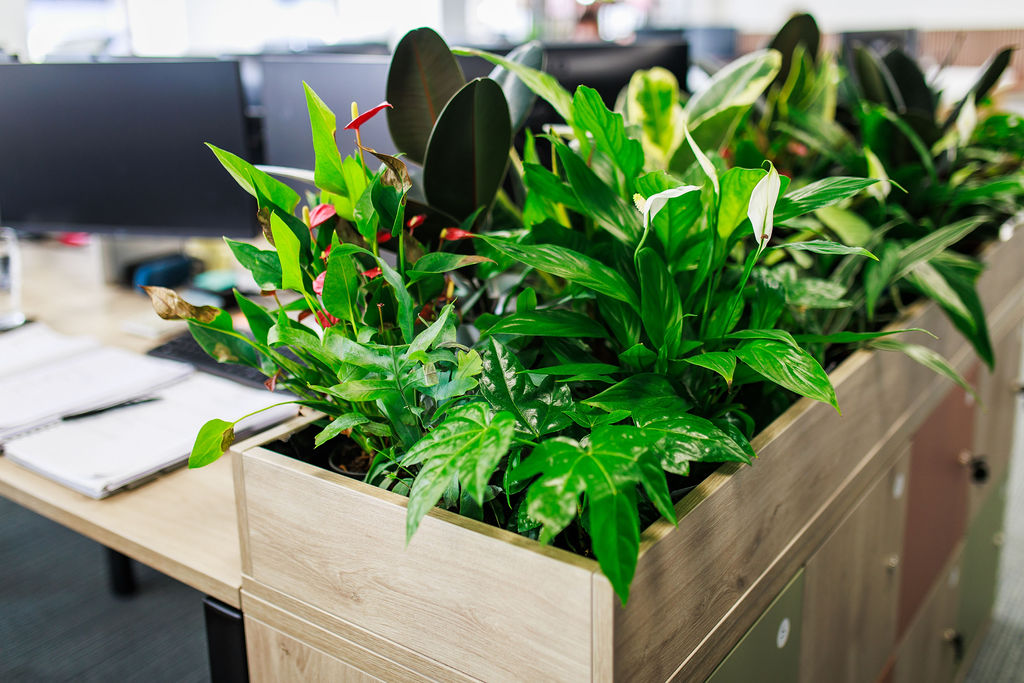When embarking on an office redesign, the expertise of an office interior designer is crucial in choosing the right furniture that not only complements the aesthetics of your space but also enhances functionality and employee well-being. This comprehensive guide, drawing on the wisdom of industry experts, will walk you through the process of selecting the perfect pieces that align with your company’s culture and operational needs.
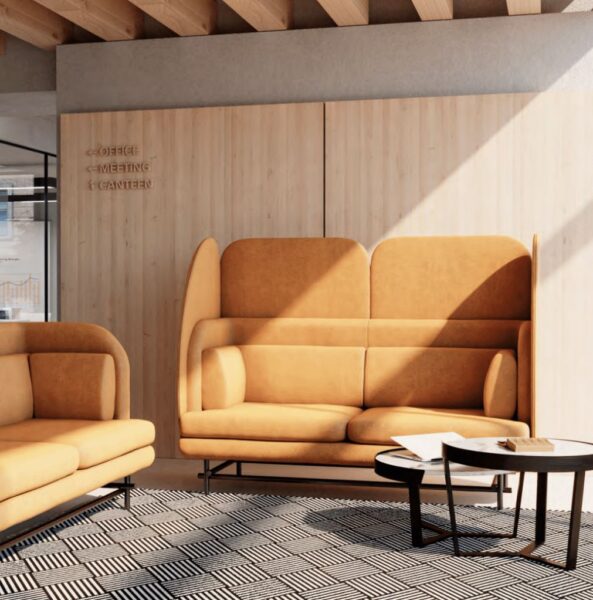
Understanding Your Office’s Functional Needs
Assessing Your Space with an Office Interior Designer
Before selecting furniture, an office interior designer will assess the functional needs of your space. This involves understanding the daily activities of your employees, the flow of work, and how furniture can facilitate efficiency and collaboration. It’s not just about filling the space; it’s about choosing furniture that supports the tasks at hand and contributes to a productive environment.
The Office Interior Designer’s Approach to Style and Brand Identity
The furniture you choose should reflect your company’s brand and culture. An office interior designer will guide you in selecting pieces that resonate with your brand’s ethos, creating a cohesive and branded environment. Whether it’s the sleek lines of modern design for a tech startup or the warm tones of traditional furniture for a law firm, the furniture should be a physical embodiment of your brand identity.
Prioritising Ergonomics with an Office Interior Designer
Ergonomics is not just a buzzword; it’s a necessity for modern offices. An office interior designer will prioritise furniture that supports the well-being of your employees, reducing strain and fatigue. Ergonomic chairs, adjustable desks, and thoughtfully designed communal areas are all essential considerations that contribute to a healthier workplace.
The Balancing Act of The Office Interior Designer: Function and Form
Choosing a Style That Reflects Your Brand
Your office furniture should be a reflection of your brand’s identity. An office interior designer can help you select pieces that communicate your company’s values and ethos. From the reception area to the boardroom, every piece of furniture should contribute to a unified look that tells your brand’s story.
Prioritising Ergonomics and Comfort
Comfortable employees are productive employees. An office interior designer will recommend ergonomic furniture that supports the well-being of your team. Chairs with proper lumbar support, desks at the right height, and furniture that encourages movement can all have a significant impact on employee health and productivity.
The Finishing Touches: An Office Interior Designer Guide to Detailing
Details matter. An office interior designer knows that accessories can tie the whole space together, creating a cohesive look that enhances the overall design. Selecting the right lighting, artwork, and decorative elements can transform a functional office into an inspiring workspace.
Lighting and Colour: An Office Interior Designer’s Palette
The right lighting and colour palette can transform a space. An office interior designer will use these elements to create an atmosphere that energises and motivates your team. Natural light should be maximised, and artificial lighting should be chosen to reduce glare and eye strain. Colour can be used to define different areas within the office and to influence mood and behaviour.
Selecting Furniture and Final Considerations
The Selection Process with an Office Interior Designer
With a clear understanding of your office’s functional needs and aesthetic, the selection process begins. An office interior designer will guide you through a curated selection of furniture that not only fits your space but also embodies your company’s culture and enhances productivity. This includes considering the scalability of furniture choices to accommodate future growth or reconfiguration.
Integrating Technology with Furniture
In today’s connected world, furniture must do more than just look good. An office interior designer will help you select pieces that integrate seamlessly with technology, providing smart solutions for cable management, device charging, and more. This ensures that your office remains uncluttered and your technology needs are met with elegance.
Sustainable Choices in Office Furniture
Sustainability is increasingly important in today’s office environments. An office interior designer will direct you towards furniture made from sustainable materials and designed for longevity. This not only reflects a commitment to the environment but also resonates with clients and employees who value sustainability.
Expert Insights on Furniture Selection
Industry experts from high domain authority websites like Office Design Blog and Workspace Design Magazine often highlight the importance of investing in quality furniture that stands the test of time. They suggest that well-chosen furniture can improve employee morale and contribute to a more dynamic and engaging work environment.
An Office Interior Designer & The Final Touches: Accessorising Your Space
An office interior designer knows that the final touches can make a significant difference. Selecting the right rugs, art, and greenery can bring warmth and life to your office, making it a place where employees feel comfortable and clients are impressed.
Review and Refinement
Once the furniture is in place, an office interior designer will review the space to ensure everything comes together as planned. They may suggest refinements or additional pieces to complete the look, ensuring that your office is not only functional but also a true representation of your brand.
Conclusion
By considering these office interior designer tips and incorporating expert advice, you can create a space that not only looks great but also supports the health and productivity of your employees. Remember, the right furniture can make all the difference in creating an office that your team will love working in.
Drawing on the insights from Dezeen, a leading architecture and design magazine, we see that innovative office interiors often feature furniture that serves multiple purposes, such as communal tables that encourage teamwork and social interaction.
Foyr, another authority in design, highlights the importance of using textures and colours to create a workspace that is both functional and aesthetically pleasing2.
